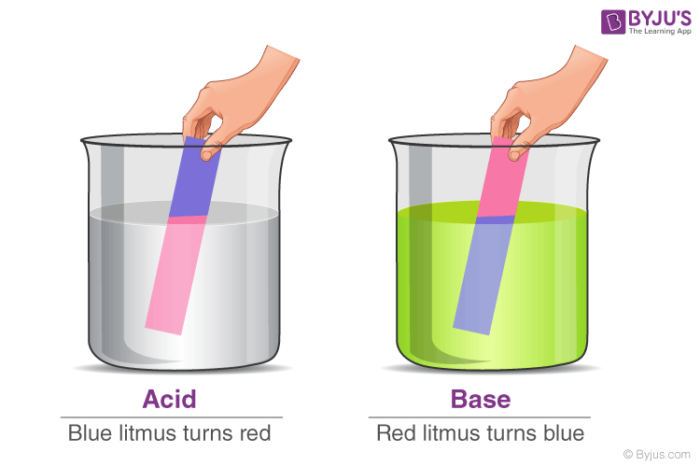Acids and bases play a pivotal role in orchestrating the harmonious symphony of life and environment on our planet. The delicate balancing act of pH in nature is vital for maintaining healthy biological systems, regulating environmental processes, and supporting diverse ecosystems. In this article, we will explore the fundamental concepts of acids, bases, and pH, and uncover their significance in the natural world.
1. Understanding Acids and Bases
Acids are substances that release hydrogen ions (H+) when dissolved in water, while bases release hydroxide ions (OH-). The interaction between these ions in aqueous solutions determines the pH level, a measure of acidity or alkalinity on a scale ranging from 0 to 14.
2. The pH Scale: A Measure of Acidity and Alkalinity
The pH scale quantifies the concentration of hydrogen ions in a solution, with lower values indicating acidic conditions, higher values signifying basic conditions, and a pH of 7 representing neutrality. This scale is logarithmic, meaning each unit represents a tenfold change in acidity or alkalinity.
3. Buffering: Nature’s Defense Mechanism
Buffering systems in nature resist changes in pH by neutralizing added acids or bases. These systems are crucial in maintaining stable conditions in biological organisms, soils, and water bodies, ensuring the survival and thriving of diverse life forms.
4. Acids, Bases, and Biological Systems
The regulation of pH is essential for various biochemical processes within living organisms. Enzymes, proteins, and cellular functions are highly sensitive to pH fluctuations, necessitating intricate regulatory mechanisms to maintain optimal conditions for life.
5. Environmental Chemistry: Acid-Base Equilibrium in Ecosystems
Ecosystems depend on a delicate balance between acidic and basic substances to support biodiversity and ecological functions. Acid rain, ocean acidification, and soil pH are examples of how acid-base equilibrium influences environmental health and sustainability.
6. The Impact of Human Activities
Human activities, such as industrial emissions, deforestation, and the burning of fossil fuels, can disrupt the natural balance of acids and bases, leading to environmental degradation, loss of biodiversity, and climate change.
7. Solutions and Mitigations
Addressing the imbalance of acids and bases in nature requires concerted efforts to reduce pollution, promote sustainable practices, and restore damaged ecosystems. Scientific research, technological innovations, and policy measures are key components in preserving the delicate pH balance in our environment.
8. The Future of pH Balance in Nature
As we forge ahead into the future, the balancing act of acids and bases remains a critical aspect of environmental science and biology. Ongoing research and advancements in technology offer hope for mitigating human impact and fostering a harmonious coexistence between humanity and nature.
Conclusion
The intricate dance between acids and bases is a testament to nature’s remarkable ability to maintain balance and foster life in all its diversity. The pH scale is not just a measure of acidity and alkalinity but a reflection of the delicate equilibrium that sustains our planet. By understanding the significance of this balance and striving to protect it, we contribute to the preservation of our precious ecosystems and the myriad of life they support.
Key Takeaways
- Acids and bases are fundamental substances that influence the pH level in nature.
- The pH scale is a logarithmic measure of acidity and alkalinity, essential for various natural processes.
- Buffering systems in nature resist changes in pH, maintaining stability in biological and environmental systems.
- Human activities can disrupt the natural balance of acids and bases, leading to environmental challenges.
- Efforts to restore and preserve the pH balance in nature are crucial for sustaining life and biodiversity on Earth.
Tags: #Acids, #Bases, #pH, #Nature, #Buffering, #AcidBaseEquilibrium, #BiologicalSystems, #EnvironmentalChemistry, #Ecosystems, #HumanImpact










